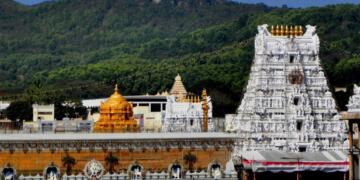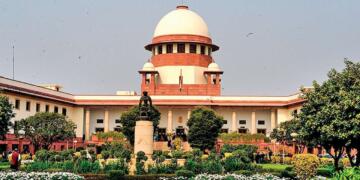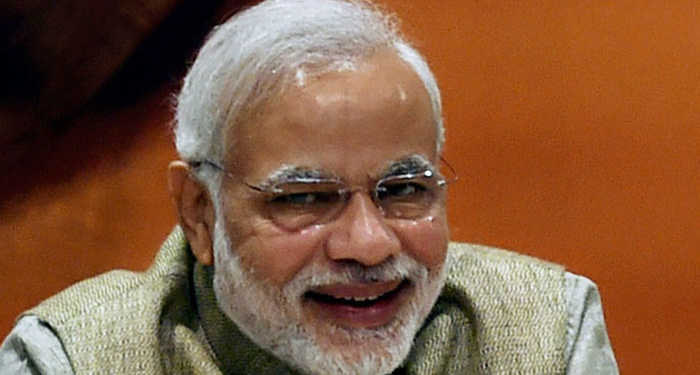Let’s try to decode and simplify the new Taxation Laws (Second Amendment) Bill, 2016. This amended law has been introduced as a “Money bill” today for clearance in the winter session of parliament. “Money Bills” if cleared in Lok Sabha become law, though they can be debated in the Rajya Sabha but the Rajya Sabha cannot reject a money bill if passed in the Lok Sabha and considering the govt’s strength and intentions in the lower house it is sure to get through this week itself.
So what does this Bill propose? But before that let’s understand the complete sequence of events and how it all started.
On 8th Nov 2016, PM Modi announced demonetization of Rs 500 and Rs 1000 notes, which caused people with black money to run helter-skelter and think of schemes of saving there ill-gotten wealth. Few thought that this is the end and to get rid of the old notes, threw them in rivers or burned them, some even donated them to the gods (and by an estimation Rs. 3 lakh crore is the resulting windfall gains to the govt or the people of the country), while others thought they are smarter and could still manage to get away, went to banks and got them deposited.
You see there are three categories of people, the first one are salaried people whose tax are deducted at source (TDS), the second ones are people who make loads of money but tell the government that are making just few cents and therefore pay very less or no tax and finally the third ones are those who make money via bribes or terror fundings or similar illicit means.
This trap is for the latter two.
People who have managed to get the money deposited in the banks, the govt will now start second level of scrutiny.
For people who acknowledge that they have deposited untaxed money and explain the source will have to pay almost 50 % tax and penalty on their undisclosed money. The “Pradhan mantri garib kalyan yojana” or PMGKY allows such people to pay 30 % as tax, 10 % as penalty and 33% of the taxed 30 % amount (which is effectively around 10 %) as Garib Kalyan cess, this totals to 50 %.
The govt does not stop here; the remaining 25 % of the undisclosed income has to be deposited for next 4 years without any interest, which will be used for projects in irrigation, housing, toilets, infrastructure, primary education, primary health and livelihood of poors in a way to bring justice and equality in society.
Only 25 % will be available for immediate withdrawal. This deposit and disclosure scheme will be applicable to money deposited between 10th Nov to 30th Dec 2016.
So let’s assume there is a person with Rs. 4 lakh of undisclosed income who has deposited 500 & 1000 rupee notes in the bank. He will pay Rs. 1,20,000 as tax + Rs. 40,000 as penalty + Rs. 39,600 (approx.) as Garib Kalyan cess + Rs. 1,00,000 Interest free deposit to projects for poor (Locked for 4years)= Rs. 3,00,000 and only Rs. 1,00,000 for his immediate withdrawal.
For people whose money is found in raids by the IT dept. the taxes and penalties are more stringent. A flat 60 % tax plus a surcharge of 15 % which equals to total 75 % will be charged and if the IT officials based on the gravity of offence committed can charge an additional 10 % raising the total tax and penalty to around 85 %.
So let’s assume a person with Rs. 4 Lakh of undisclosed income have been raided by the IT officials he pays Rs. 2,40,000 as tax + Rs. 60,000 as surcharge + Rs. 40,000 additional penalty = Rs 3,40,000 and only Rs. 60,000 for his own withdrawal.
The current provisions of penalty on “under-reporting” of income at 50 % of the tax (which is you are earning Rs. 10,00,000 pa but disclosing only Rs. 8,00,000 pa) and “misreporting” 200 % of tax (which means you are earning Rs. 10,00,00 but disclosing no income) continues and will remain unchanged.
If one could recall earlier in the year the govt was able to mop up Rs. 65,250 crores under voluntary Income Disclosure Scheme (IDS) 2016.
The Modi government continues with its strategy of using sweet and bitter pill for rectifying the system plagued with corruption and fraud for past 7 decades. This may sound a bit Bollywood scripted, but the PM is the real life hero who extracts the ill-gotten wealth from the rich and distributes it to the poor like a filmy Amitabh Bachchan.






























